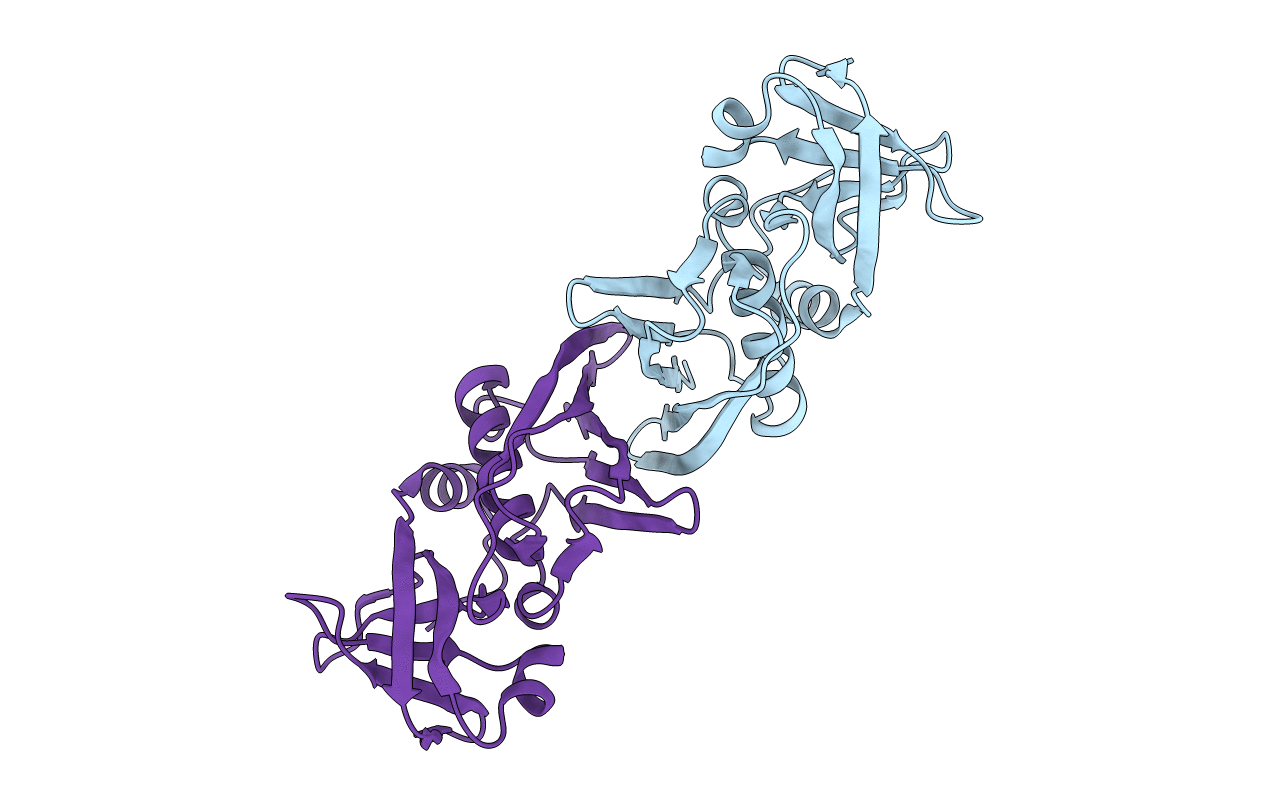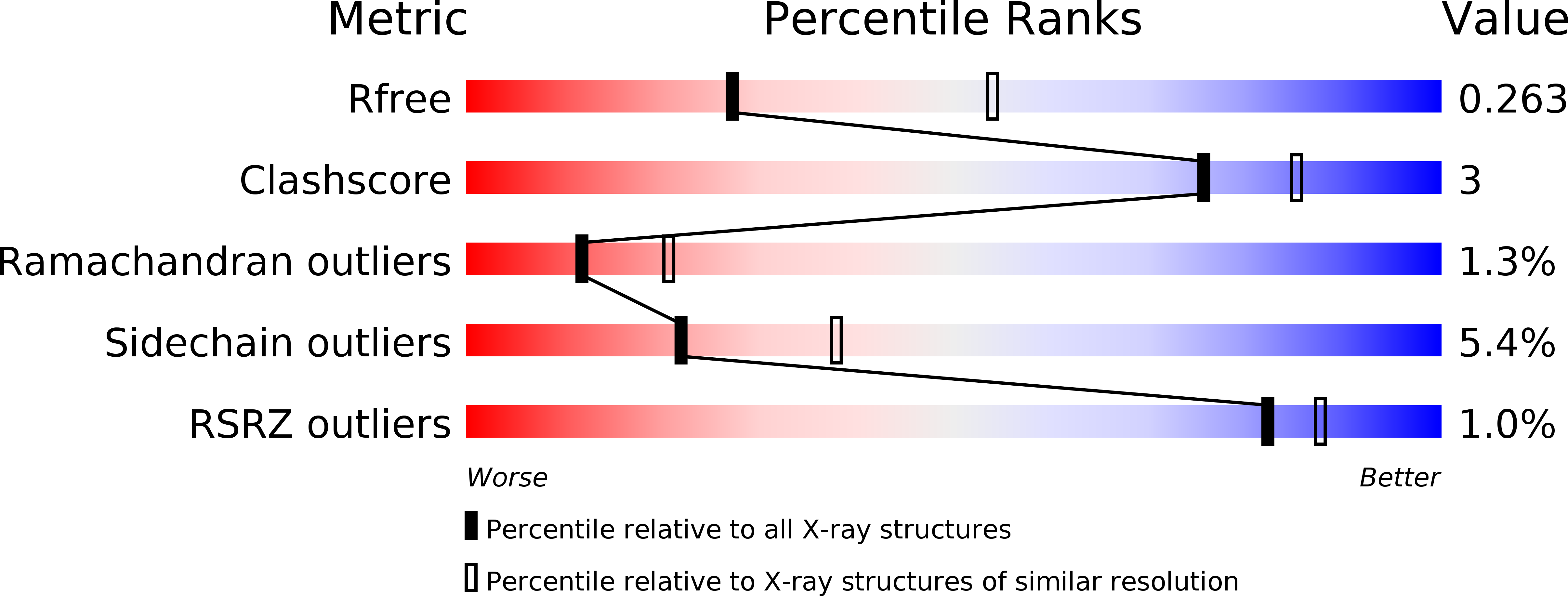
Deposition Date
2004-04-21
Release Date
2004-07-01
Last Version Date
2023-12-13
Entry Detail
Biological Source:
Source Organism:
STAPHYLOCOCCUS AUREUS (Taxon ID: 1280)
Host Organism:
Method Details:
Experimental Method:
Resolution:
2.75 Å
R-Value Free:
0.25
R-Value Work:
0.21
R-Value Observed:
0.21
Space Group:
P 43 21 2


